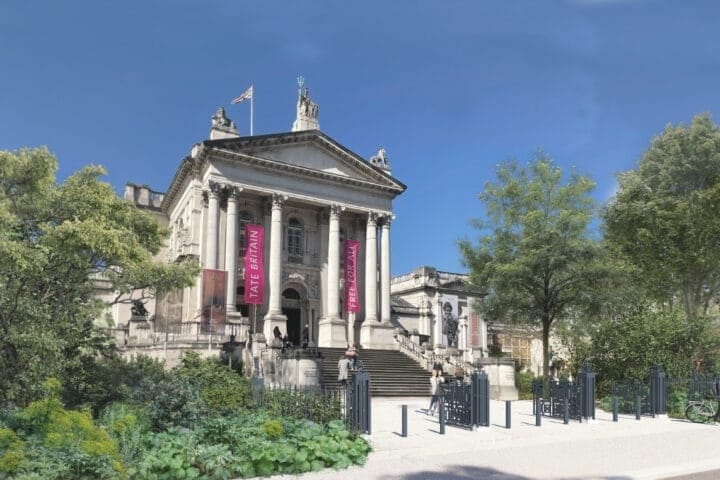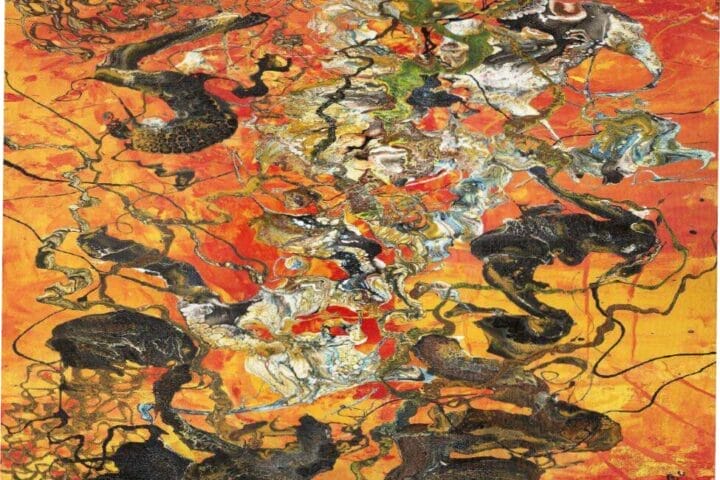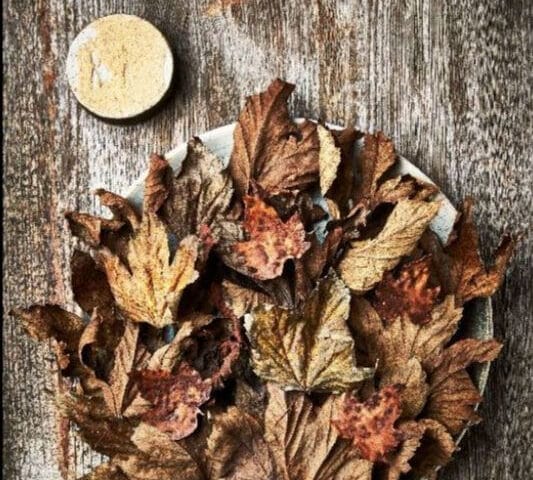When I was in art school I was told that there were two things I should never do if I wanted to be a successful artist: copy other peoples’ work and repeat myself.
-Richard Pettibone
Richard Pettibone graduated from California’s Otis Art Institute in 1962, the same year he discovered he needed to rethink (or perhaps forget) everything he learned in art school. The realization came in the summer after graduation, when Pettibone recalls walking into Ferus Gallery on La Cienega Boulevard in Los Angeles. Here, he found himself immersed in a world of soups. Andy Warhol’s thirty-two paintings of Campbell’s soup cans, which are now in MoMA’s collection, were not installed in the 4 x 8 grid that later became customary. Instead, they filled two rooms in the exhibition space, placed on shelves and stretching from wall-to-wall in a long, uninterrupted line. Presented in this way, they transformed the gallery into a supermarket aisle. This show—the inaugural exhibition of Warhol’s landmark Campbell’s Soup Cans (1962)—introduced Pettibone to an art practice that was cannily aware of the power that images possess. “You walked through the first room and all you could see were soups, and then you entered the second room, and there were even more soups. At first, the paintings all looked alike, you didn’t realize that they were different flavors,” recalls Pettibone, describing his impressions of the show.
Pettibone saved the poster that the Ferus Gallery produced to announce the opening of Warhol’s exhibition on Monday, July 9th, 1962. Lost for several decades, the small bi-fold pamphlet opened out into a poster that resurfaced recently among Pettibone’s papers. He used it as the source for his most recent work: a group of ten individual paintings that he created in 2019, each titled Andy Warhol, ‘Campbell’s Soup Can, Tomato,’ 1962. Each work measures 10 3/4 x 8 1/2 inches. The original poster contains an image of Andy Warhol’s Campbell’s Soup Can, Pepper Pot. Pettibone switched the soup flavor to “Tomato” (allegedly Warhol’s favorite), but appropriated the image at a 1:1 scale. The resulting paintings are unusually large for Pettibone, who normally bases his work on smaller reproductions from art magazines.
Pettibone began copying Warhol’s Campbell’s Soup Cans in 1964, creating paintings of single cans that both riff on the originals and reinterpret them. Among his first appropriations are paintings in which a train runs over Warhol’s soup, with text that reads: “train destroys valuable art object.” In other paintings, Pettibone alters the color scheme of the Campbell’s label, rendering the red details in green and grey. Still other works depict the cans from different perspectives, making more or less of the lid visible than in Warhol’s works.
In 1984, Pettibone made his first set of Warhol’s Campbell’s Soup Cans. The thirty-two paintings were made with silkscreen, left unframed, and presented in a wooden box. Pettibone made this work in an edition of 25. To date, he has created several sets of Warhol’s thirty-two Campbell’s Soup Cans, that unlike his first, are either entirely hand-painted or a combination of silkscreen and hand painting. Of these sets, only one appropriates precisely the design of soup that Warhol used in the work exhibited at Ferus Gallery. Another set employs a lesser-known type of soup that Warhol made in 1961, the so called “Mönchengladbach type.” Yet another set employs a type of soups that Warhol used in his prints, but not in his paintings, and still others reinvent the design of the soups all together.
With the new paintings, Andy Warhol,’Campbell’s Soup Can, Tomato,’ 1962, completed in 2019, Pettibone has not only copied the work of another artist, but also repeated himself, breaking the second of the two rules he learned back in art school. Although these ten paintings at first appear identical, Pettibone’s method of hand-painting produces subtle differences that intrigue and invite closer observation: the gold pigment of the Campbell’s medal is slightly irregular and varies from canvas to canvas; similarly, the outlines of the soups are not all the same shade of black, nor the same thickness. A nimble turn of the line at a cylinder’s lip is weighty and thick in the next work. “His paintings possess a striking materiality and sensuousness,” writes scholar and curator Elisa Schaar, and evince “[t]he enjoyment he receives in copying [which] is part of the motivation behind doing it, as is the pleasure he receives from actually being with the finished painting.”[1] Perhaps too, in creating this stretch of similar forms, he is able to conjure the experience of nearly sixty years ago, when he stood at Ferus Gallery and “didn’t realize” that Warhol’s works were in fact all different flavors.
-Castelli Gallery
[1] Elisa Schaar, “Richard Pettibone: Painting the Same Painting Then and Now,” in Richard Pettibone, (New York: Castelli Gallery, 2013), 6–9.









